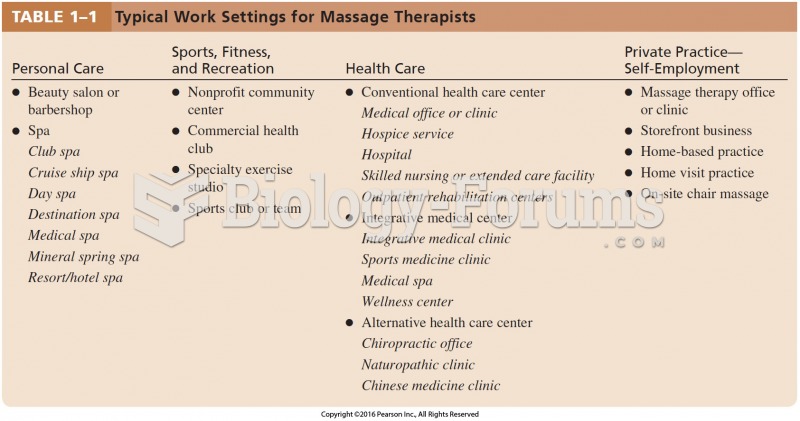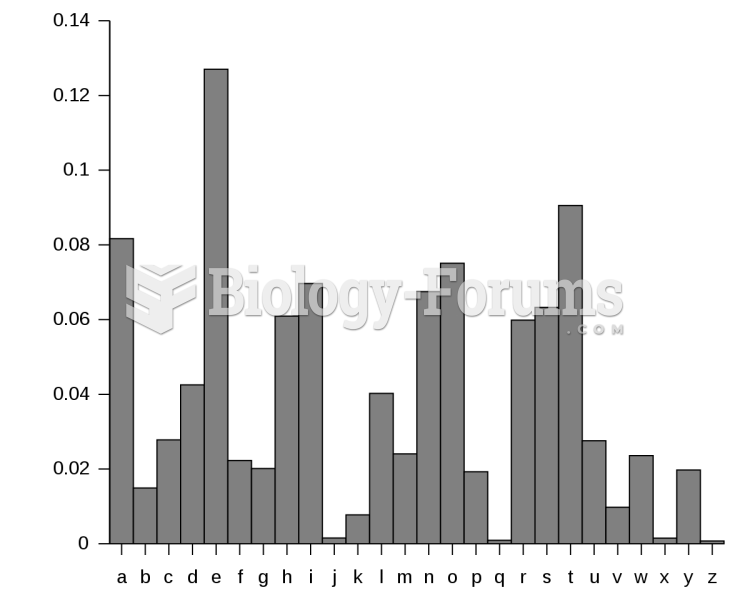Answer to Question 1
Answer: First, determine a job analysis program. A company must decide between using an established system and developing its own system tailored to specific requirements. Both established and custom job analysis programs vary in the method of gathering data. The most typical methods for collecting job analysis information are questionnaires, interviews, observation, and participation. Administrative costs often represent a major consideration in selecting a job analysis method.
Second, select and train analysts. Job analysts generally must be able to collect job-related information through various methods, relate to a wide variety of employees, analyze the information, and write clearly and succinctly. A task force of representatives from throughout the company ideally conducts the analysis, and HR staff members coordinate it. Although some companies rely on HR professionals to coordinate and conduct job analysis, many use teams to represent varying perspectives on work because virtually all employees interact with coworkers and supervisors.
Third, direct job analyst orientation. Before analysts start specific job analysis techniques, they must analyze the context in which employees perform their work to better understand influencing factors. In addition, analysts should obtain and review such internal information as organizational charts, listings of job titles, classifications of each position to be analyzed, job incumbent names and pay rates, and any instructional booklets or handbooks for operating equipment. Job analysts may also find pertinent job information in such external sources as The Standard Occupational Classification System, trade associations, professional societies, and trade unions.
Fourth, conduct the study, focusing on data collection and sources of data. Once analysts have gathered and made sense of these preliminary data, they can begin gathering and recording information for each job in the company. Analysts should carefully choose the method of data collection and the sources of data. The most common methods are questionnaires and observation.
Fifth, summarize the results by writing job descriptions. Job descriptions summarize a job's purpose and list its tasks, duties, and responsibilities, as well as the skills, knowledge, and abilities necessary to perform the job at a minimum level. Effective job descriptions generally explain:
What the employee must do to perform the job
How the employee performs the job
Why the employee performs the job in terms of its contribution to the functioning of the company
Supervisory responsibilities, if any
Contacts (and purpose of these contacts) with other employees inside or outside the company
The skills, knowledge, and abilities the employee should have or must have to perform the job duties
The physical and social conditions under which the employee must perform the job
Job descriptions usually contain four sections:
Job title
Job summary
Job duties
Worker specifications
Answer to Question 2
Answer: C







